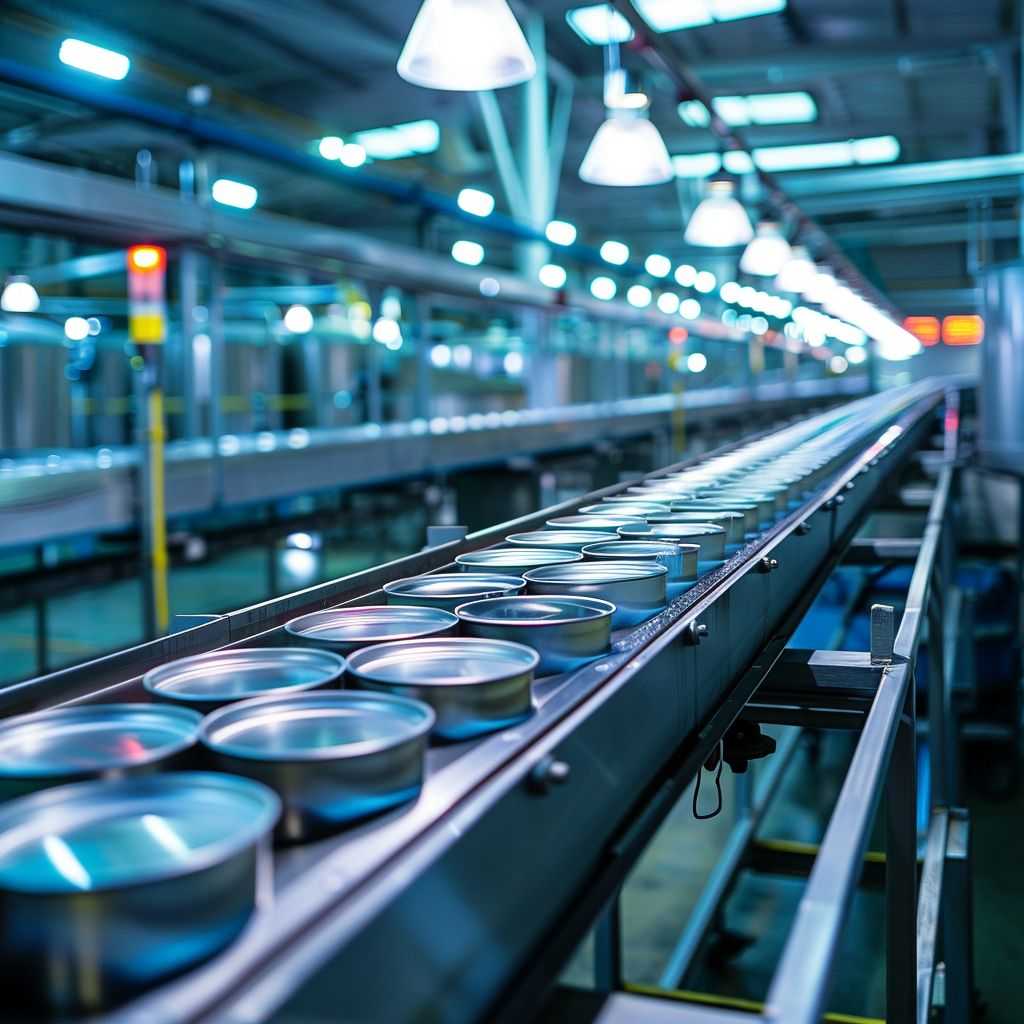Advantages and Disadvantages of Zinc Tin Alloy Coated Copper Sheet
Table of Contents
Types of Rolled Steel Sheets
Zinc Tin Alloy Coated Copper Sheet is an ideal material choice for numerous applications, particularly in relation to skin contact applications, driven by legislation prohibiting nickel use. As more companies turn towards tri-metals such as zinc tin alloy coated copper sheets for products which could come into direct contact with skin, its popularity continues to increase.
ZA alloys of various aluminum content can be utilized for die casting, sand molding and shell mold casting processes to produce parts with increased strength and stability, as well as providing cathodic protection in corrosive environments.

Copper is an attractive material choice for roof and structural applications, including roofing and structures. Copper’s distinctive properties distinguish it from other metals, such as its durability and aesthetics, making it an attractive material to choose in harsh environments and corrosion resistance; additionally it conducts electricity well and therefore a good choice for wiring applications; however it’s essential that its benefits and drawbacks be fully considered before selecting copper as your chosen choice for an application.
Unpredictable Patina
One of the biggest drawbacks to copper is that it can form an unsightly greenish-blue patina in certain environments, caused by air and water interaction with it. While some find this look appealing, others find it unsightly or prefer avoiding it altogether; there’s no way of knowing when or how this effect will occur, making planning projects around it tricky.

Unstable Chromium Deposits
Chrome is an indispensable metal, yet difficult to deposit reliably due to its instabilities. When thin-plated it forms a porous layer or cracks when thick-plated due to decomposition of unstable chromium hydrides created during plating processes; stabilizing additives may reduce this instability but this option is often prohibitively expensive or reduces overall deposit volumes.
Zinc is often the superior choice to chromium for most applications as it’s less susceptible to corrosion in harsh environmental conditions and has a higher melting point, making it more durable and easier to machine. Zinc also boasts environmental friendliness – no toxic compounds released when exposed to air or moisture – plus being nickel-free makes zinc fasteners an attractive option when skin contact may occur.

Corrosion Resistance
Zinc is known for its excellent corrosion resistance in most atmospheric conditions; however, high sulfur dioxide-containing industrial environments should be avoided due to its low reactivity. As well as producing protective oxides which plug gaps and slow corrosion progression, zinc acts anodically with steel as a sacrificial anode which protects more vulnerable areas of structures while acting as a corrosion barrier in alkaline soils and certain cementitious environments.
Studies have demonstrated that zinc’s smaller atomic radius compared to aluminum and nickel makes it more challenging to create casting defects, making it suitable for components with tight tolerances and thinner wall sections. This makes zinc an attractive material choice when casting components with close tolerances or thinner wall sections.
Marycz et al conducted a recent study that investigated the effect of polyurethane/polylactide-blend (PU/PLDL) films doped with zinc oxide nanoparticles (ZnONPs) on human adipose stromal cells (ASCs) and olfactory ensheathing cells (OECs). Their researchers discovered that ZnONPs increased cell proliferation rates while decreasing ROS production while suppressing NO production, ultimately inhibiting oxidative stress-induced apoptosis in both cells.


